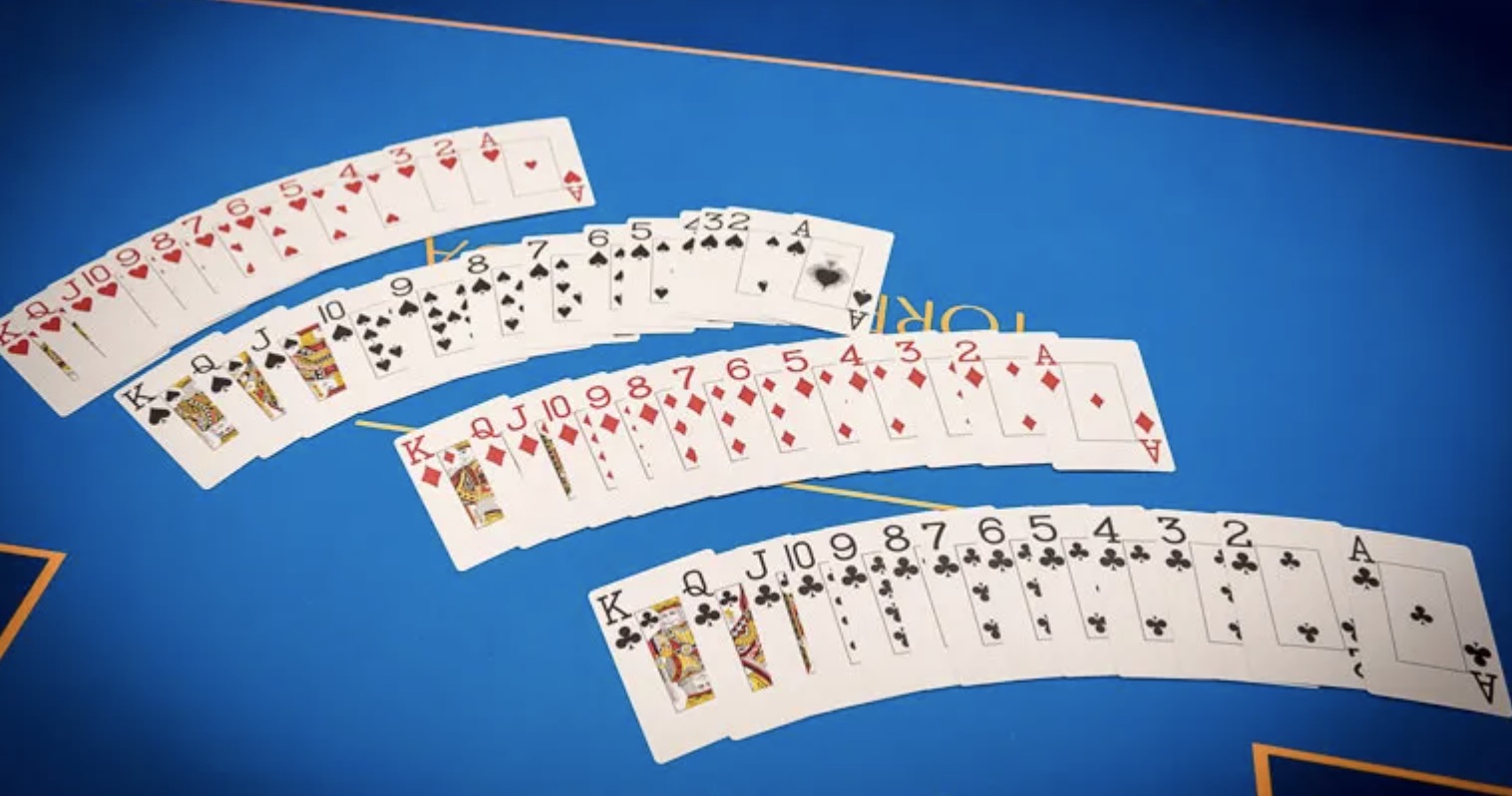Texas Hold’em VS Casion Hold’em | Throughout history, poker has been closely linked with gambling. It was a staple in European gambling houses before it embarked on a journey across the vast Atlantic Ocean, eventually reaching the untamed landscapes of the American Old West.
While Texas Hold’em remains the most popular poker game, various adaptations have emerged due to its widespread appeal. One such adaptation is Casino Hold’em, a captivating variant that pits players against the casino itself. Let’s explore the key distinctions between these two enthralling poker experiences.

Texas Hold’em
In Texas Hold’em, the rules are as follows:
- A standard 52-card deck is used, with each card retaining its poker value.
- A designated player acts as the dealer, and this role rotates with every hand.
- The player to the left of the dealer places a “small blind” bet, while the subsequent player places a “big blind” bet.
- Each player receives two face-down cards, starting from the left of the dealer.
- The player to the left of the big blind must either “call” (match the big blind bet) or “raise” (increase the bet).
- Betting proceeds clockwise around the table, adhering to traditional poker rules.
- After the initial betting round, three community cards are dealt face-up on the table, known as the “flop.”
- Another round of betting ensues, starting from the player to the left of the dealer.
- Following this, a fourth community card, the “turn,” is dealt face-up.
- Another betting round takes place, again commencing from the player to the left of the dealer.
- Lastly, a fifth and final community card, the “river,” is revealed.
- A final round of betting ensues, beginning with the player to the left of the dealer.
- Each player remaining in the game determines the highest poker value using their two private cards and the five community cards. Using both private cards is optional.
- The player with the highest poker hand claims victory.
The hand rankings are as follows:
- Straight flush: Five consecutive and suited cards (e.g., 5, 6, 7, 8, 9).
- Four of a kind: Four cards of the same rank, plus any fifth card (e.g., Q, Q, Q, Q, 4).
- Full house: Three of a kind and a pair (e.g., 6, 6, 6, J, J).
- Flush: Any five cards of the same suit, except for a higher-ranking straight flush (e.g., A, Q, 8, 4, 3).
- Straight: Five consecutive cards, except for a higher-ranking straight flush (e.g., 8, 9, 10, J, Q).
- Three of a kind: Three cards of the same rank, plus any other two cards (e.g., 5, 5, 5, Q, 2).
- Two pair: Two pairs, plus any fifth card (e.g., 8, 8, 2, 2, Q).
- Pair: A pair and any other three cards (e.g., 7, 7, 2, 5, A).
- High Card: Any five cards that do not form any higher poker hand. A king high hand, for example, might be K, Q, 7, 5, 4.
The casino may impose various betting rules, including “structured” games, which have specified raise amounts, “pot limit” games, with minimum raises but no maximum, and “no limit” games with structured minimum raises and no maximum limit.
Casino Hold’em

In Casino Hold’em, players encounter a poker variation that closely resembles Texas Hold’em. Here are the rules:
- Each player starts by placing an Ante wager, and there is an optional Progressive Jackpot side bet.
- The dealer deals two hole cards to each player and three community cards face up on the table.
- Players must decide whether to “fold” and relinquish their cards and Ante bet or “call” and place a bet equal to two times the Ante.
- The dealer then deals two additional community cards, creating a total of five.
- Subsequently, the dealer reveals his own two cards.
- Hand rankings are determined based on the best poker value achieved using the player’s two hole cards and five community cards.
- The dealer must have at least a pair of fours to qualify. If the dealer fails to qualify, the Ante pays according to the Ante pay table, and the Call bet pushes.
- If the dealer qualifies and outperforms the player, the player loses both the Ante and Call bets.
- If the dealer qualifies and the player beats the dealer, the Ante pays according to the Ante pay table, and the Call bet pays 1 to 1.
- If the dealer qualifies, and the player’s hand ties with the dealer’s hand, both Ante and Call bets push.
- The Progressive Jackpot side bet is solely based on the player’s final seven-card hand, even if the player folded or lost to the dealer.
<Texas Hold’em – 8 Key Strategies to Help You Make Money>
Texas Hold’em VS Casion Hold’em – Deck of Cards Strategy

Unlike Texas Hold’em, Casino Hold’em doesn’t boast a quantifiable optimal strategy due to the complexity of decision-making involving all seven cards (two personal cards and five board cards). A computer program can handle these calculations efficiently, but general memorizable rules are elusive. Nevertheless, an optimal strategy player will raise about 82% of the time, folding only in the worst 18% of hands.
Texas Hold’em VS Casion Hold’em – House Edge
The house edge in Casino Hold’em (excluding the side bet) fluctuates based on specific rules, commonly ranging from just below 2% to around 2.5%. By using the ante pay table provided, the house edge approximates 2.16%.
<Texas Hold’em – It’s all about psychological warfare!!>
Ante-Win Pay Table
In Casino Hold’em, players not only win a standard 1-to-1 payout for having a stronger hand but also receive a higher additional sum for rare hands.
Bonus Pay Tables
| Hand | Table 1 | Table 2 | Table 3 | Table 4 |
| Royal flush | 20 | 25 | 100 | 100 |
| Straight flush | 20 | 25 | 20 | 49 |
| 4 of a kind | 10 | 12 | 10 | 17 |
| Full house | 3 | 3 | 3 | 3 |
| Flush | 2 | 2 | 2 | 2 |
| All other | 1 | 1 | 1 | 1 |
Embrace the Thrill of Casino Hold’em

With its engaging gameplay and subtle nuances, Casino Hold’em invites players to savor the excitement of poker against the backdrop of the casino. Dive into the heart of this captivating variation and experience the blend of strategy and chance that keeps players coming back for more.
<Texas Hold’em Strategy Unveiled: Boost Your Winning Potential>



